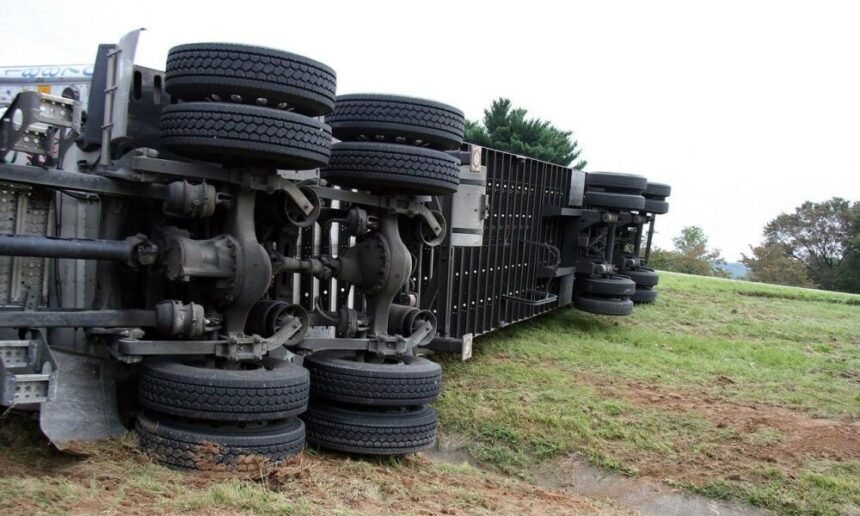Trucks are indispensable to the U.S. economy by transporting goods and materials locally and over long distances. However, their large size, extended stopping distance, and driver fatigue from long work hours also make them a collision risk. Data from government agencies shows the frequency of truck accidents and new technologies aimed at reducing them.
The Extent of Truck Accidents in Recent Years
According to the National Highway Traffic Safety Administration (NHTSA), there were 523,796 total large truck accidents across the United States in 2021, up from 415,444 in 2020. The COVID-19 pandemic likely contributed to fewer incidents in 2020 when lockdowns kept more trucks off the roads. While most did not cause fatalities, 101,000 still caused injuries, and 4,444 were fatal.
According to Muhammad Ramadan, an experienced Chicago truck accident lawyer, truck drivers and employers can be held liable. Victims should try to find a qualified truck accident lawyer as soon as possible to help them fight their case.
Large Truck Accidents Increased 26% From 2020 to 2021
The over 500,000 truck incidents in 2021 represented a 26% increase from 2020’s 415,444 collisions. With reduced pandemic restrictions in 2021, more trucks and motorists were back on the roads, leading to more crashes.
Semi-Trailer Trucks Most Frequently Involved in Fatal Crashes
According to Federal Motor Carrier Safety Administration (FMCSA) data, semi-trailer trucks without a front axle accounted for 53% of fatal large truck collisions. Victims of semi-truck accidents should explore their legal options.
Less Than 1% of Truck Accidents Involved Hazardous Materials
Per FMCSA statistics, just 0.64% of the 415,444 truck collisions in 2020 involved hazardous cargo, likely due to strict regulations for hazmat trucks.
How Technology Can Reduce Truck Accident Risks
New in-vehicle technologies can help reduce driver errors and truck accidents through alerts and automatic actions.
Truck Driver Collision Avoidance Systems
A study by the Insurance Institute for Highway Safety found that forward collision warning and automatic emergency braking systems reduced rear-end truck collisions by over 40%. These technologies alert drivers of impending collisions and can automatically apply brakes.
Truck Driver Fatigue and Distraction Monitoring
Driver fatigue leads to slower reaction times and reduced attention. New technologies like sleep monitoring and distraction alerts prompt drivers to rest or refocus when needed.
Lane Departure Warning Systems
Injury accidents with adjacent vehicles become more likely when a large truck drifts out of its lane. Lane departure warning systems alert drivers so they can steer back into their lane.
Truck Vehicle Stability Control
Due to their high center of gravity, trucks are prone to rollovers. Electronic stability control systems can detect impending rollovers, reduce engine power, and apply brakes to wheels as needed to stabilize the vehicle.
While New Technologies Show Promise, More Research is Needed To Reduce Truck Accidents
The emerging vehicle technologies discussed here appear to have the potential to reduce truck accidents and save lives. However, more widespread implementation and further research is still required to demonstrate their capabilities and cost-effectiveness fully. Companies need incentives to adopt these safety features into their truck fleets rapidly, and government regulations may help accelerate rollouts. Additionally, continuous improvements will be required to enhance these technologies and maximize their impact over the coming years.
Truck accident victims should consult an attorney to determine whether negligent actions, such as failing to implement available safety technologies, contributed to their crash. Comprehensive efforts incorporating technological innovations, training, regulation, and accountability will be key to addressing the unacceptable level of truck collisions on America’s roadways.







